Massive Ocean Beneath Earth’s Crust Rewrites Geology
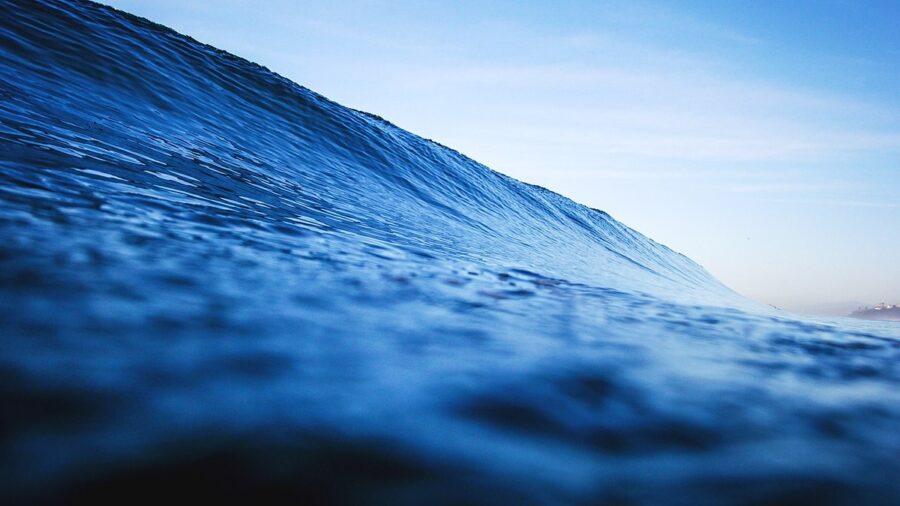
Earth’s ocean was thought for centuries to be the largest source of water on our planet, but recently, Earth and planetary sciences experts have discovered that there’s a massive underground ocean hidden beneath the Earth’s crust. The water is held by a type of mineral known as ringwoodite, which soaks it up like a sponge and creates essentially a fourth state of matter. This discovery demonstrates that the way we have understood Earth’s water cycle for hundreds of years is incorrect and that Earth’s geology functions differently than previously thought.
Did Oceans Come From Underground?
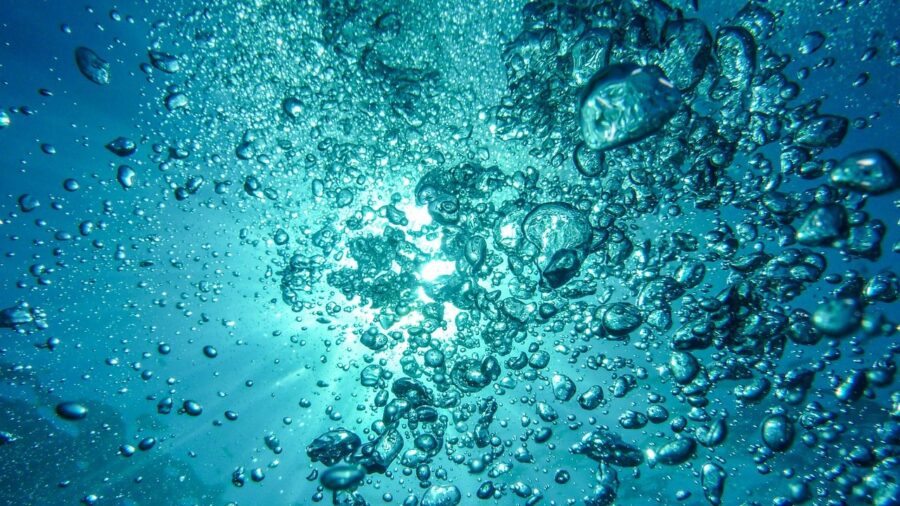
Until a study published in Science in 2014 raised a new theory, it was widely believed that Earth’s oceans were formed by comets hitting the Earth, carrying water in the form of ice to the surface of our home planet.
A new theory suggests it’s possible that the oceans we are familiar with actually came from water seeping out from an underground ocean of water stored in the Earth’s mantle.
The water below the Earth’s crust isn’t free-flowing like an ocean on Earth’s surface but is trapped inside rock, called ringwoodite, which holds it in a suspended state.
Dehydration Melting
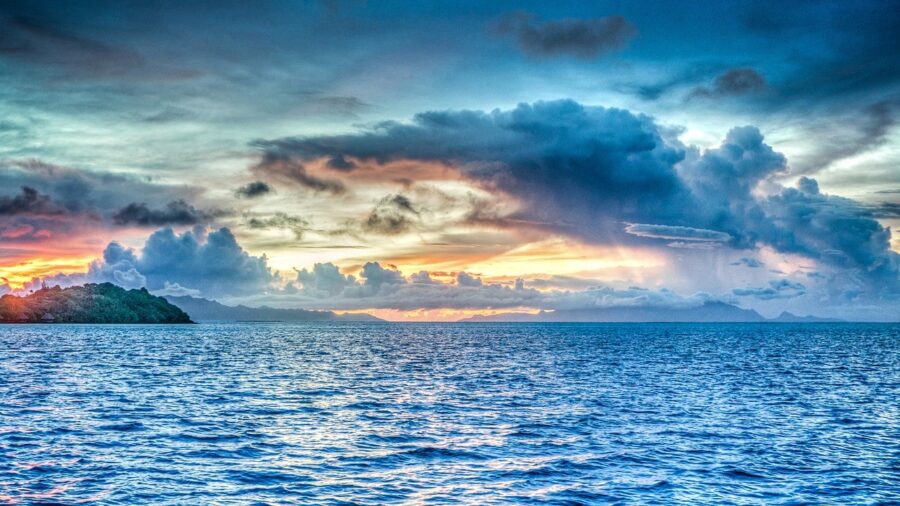
Scientists from The University of New Mexico and Northwestern University measured the water within the subduction zones in the Earth’s mantle by reading seismic waves moving through the mantle.
When the waves traveled through areas of rock containing ringwoodite, they slowed, suggesting that they were being insulated by water contained within the rock.
The underground ocean of water is thought to be causing a phenomenon known as “dehydration melting”, resulting in the formation of magma pockets deep beneath the Earth’s crust.
Melting Rock

This newly discovered layer of melting rock shakes up previous thinking on the formation of magma, which was until recently only thought to take place in the first 50 miles below the Earth’s surface.
The newly discovered area of melting can cause pockets of magma to form up to about 400 miles below the Earth’s surface.
The underground ocean of water, stored in rock, should facilitate the melting of some of the rock, according to Steve Jacobsen and Brandon Schmandt, co-authors of the study.
Pressure
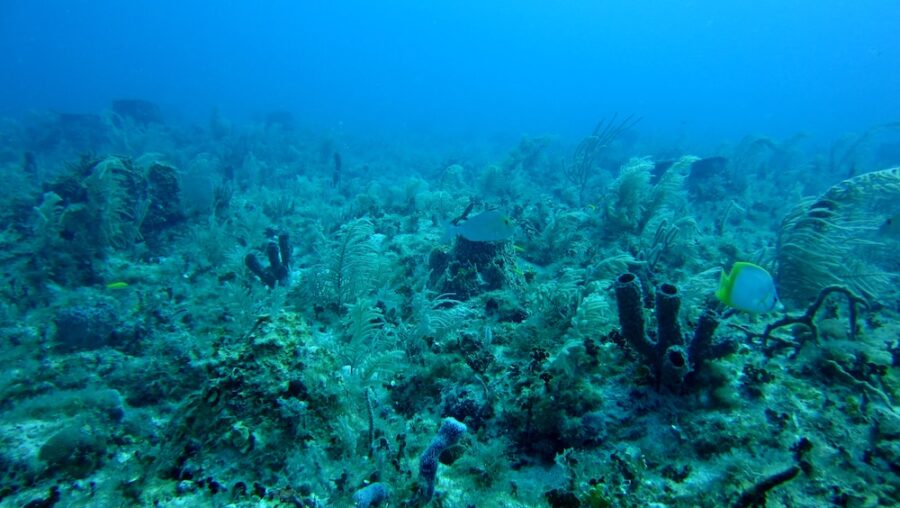
The results of the study on water contained within mantle rock are in part based on lab experiments in which Jacobsen was able to create ringwoodite by exposing olivine and water to high-pressure conditions.
The result is a blue crystal, known as ringwoodite that contains about 1 percent water. What’s happening is that when sections of the Earth’s mantle are subjected to high pressure and come in contact with water being drawn down into the mantle by seismic activity, the ringwoodite absorbs the water like a sponge.
Same Across The World?
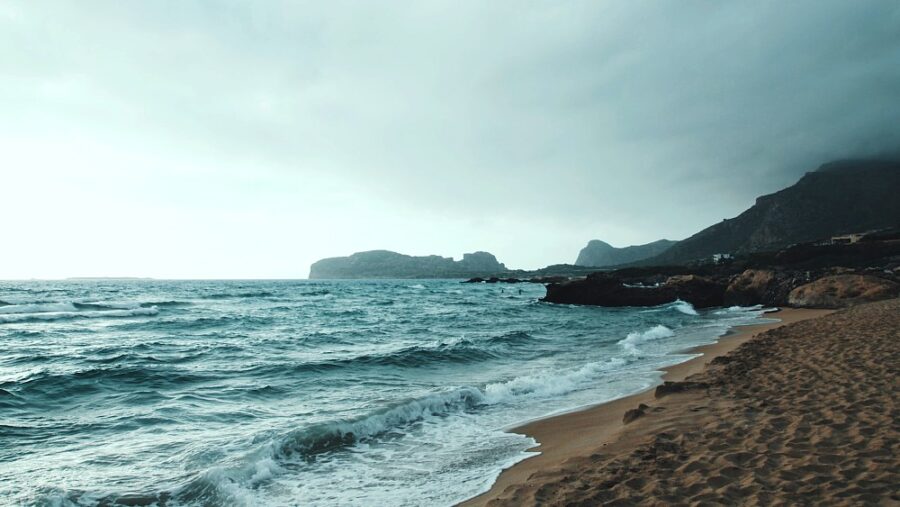
The water contained within the ringwoodite is trapped in its unique crystalline structure. The mineral was discovered inside a diamond that was expelled from a depth of about 400 miles by a volcano in Brazil and was subsequently discovered to contain water in an altered form, a phenomenon previously understood to be impossible.
While it’s unclear if this phenomenon is Earth-wide, or is specific to the American continent, the implications are that an underground ocean of water is captured in ringwoodite crystals, deep below our feet.
Source: Science.org













